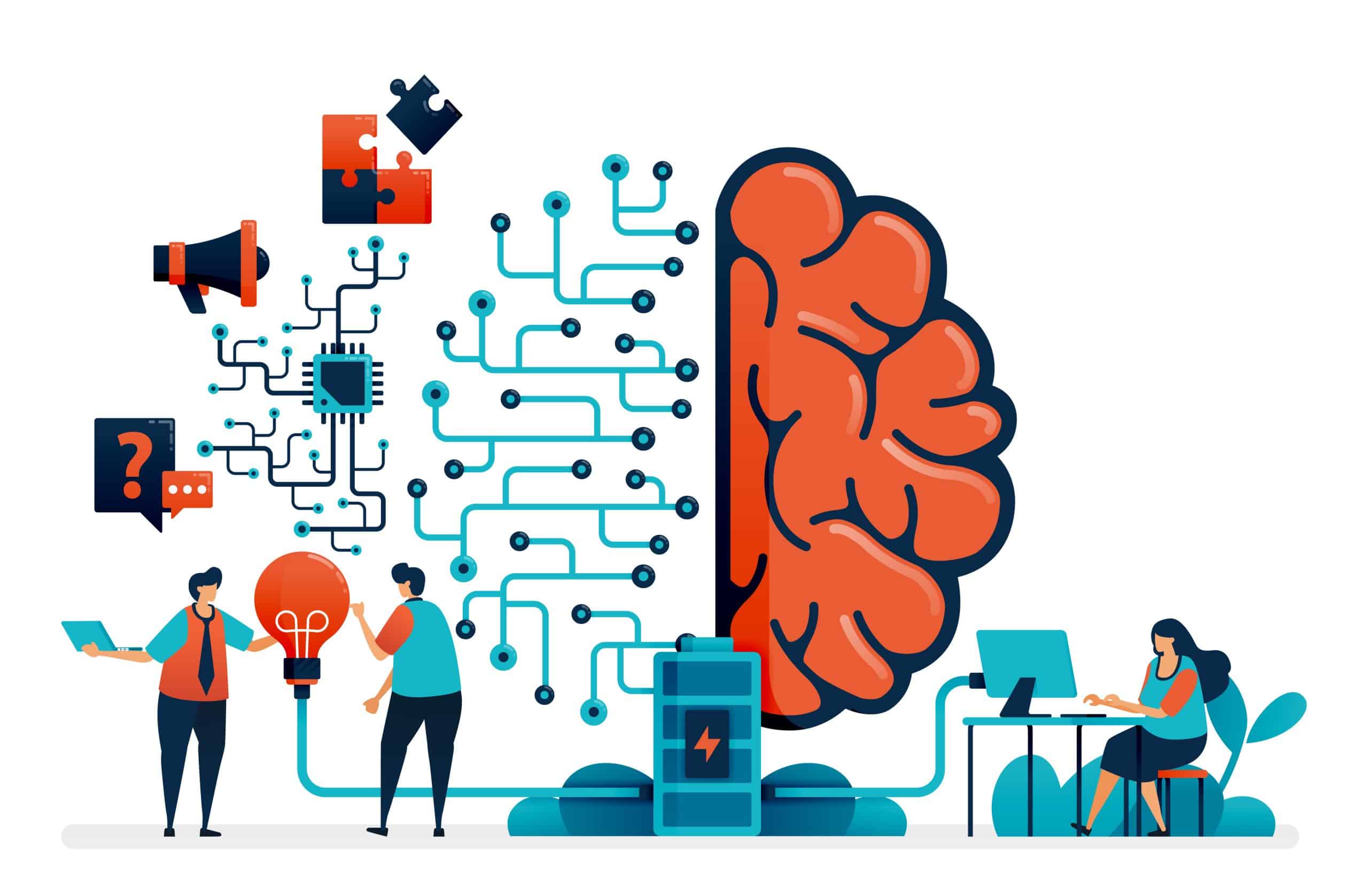- 🔑 Gartner’s report predicts a 25% loss of search engine volume to AI, chatbots, and virtual agents by 2026.
- 🌐 Search-based companies need to innovate and adapt to monetize their latest AI technologies, likely through advertising.
- ⏳ There may be a lag effect between user adoption of AI and available ad inventory, leading to a potential short-term drop in search ad volume.
- 🎯 Marketers should diversify away from over-reliance on search engine marketing (SEM) and focus more on upper-funnel brand building.
- 📈 Allocating around 20% of the budget to higher-reach channels targeting the audience can improve overall marketing effectiveness.
- 🧮 Investing in media mix modeling can help understand how upper-funnel campaigns drive lower-funnel conversions.
As AI and chatbots gain traction, marketers must adapt their strategies to stay ahead of the curve. This blog post explores the impact of AI on search engine marketing and provides actionable tips for diversifying advertising efforts and enhancing overall marketing effectiveness.
The digital marketing landscape is constantly evolving, and the rise of artificial intelligence (AI) and chatbots is poised to disrupt traditional marketing strategies. According to a recent report by Gartner, the industry is expected to witness a 25% decline in search engine volume by 2026 due to the increasing adoption of AI, chatbots, and virtual agents.
This prediction has sparked discussions and concerns among marketers about the future of search engine marketing (SEM) and the need to adapt to the changing landscape. However, rather than panicking, it’s crucial to embrace innovation and explore new avenues to stay relevant and effective.
The Innovator’s Dilemma: Monetizing AI
As AI technologies continue to advance, search-based companies face an “innovator’s dilemma” – their new creations may render their existing offerings obsolete. However, this dilemma presents an opportunity for growth and innovation. 🌐
Search giants like Google and Bing are likely to find ways to integrate AI into their search engines, ultimately replacing their current technologies. This shift will necessitate a change in advertising placements to support AI-driven experiences. While there may be a temporary lag between user adoption of AI and the availability of ad inventory, leading to a potential short-term drop in search ad volume ⏳, companies that successfully navigate this transition will emerge stronger.
Diversifying Your Marketing Strategies
To stay ahead of the curve, marketers must diversify their advertising efforts and reduce their reliance on traditional SEM. Instead of solely focusing on intent-based advertising, it’s essential to shift the emphasis towards upper-funnel brand building and customer experience enhancement. 🎯
Here are some actionable steps to consider:
- Allocate Budget for Higher-Reach Channels: Dedicate around 20% of your marketing budget to higher-reach channels that effectively target your desired audience. Invest in impactful creative assets that communicate your brand’s value propositions clearly. This approach can yield an overall lift in conversions and brand awareness.
- Prioritize Brand Building and Customer Experience: Evaluate your product or service offerings and identify areas for improvement. Focus on building a strong brand presence and delivering exceptional customer experiences that differentiate you from competitors.
- Explore Omnichannel Strategies: Implement an omnichannel marketing approach that reaches customers across multiple touchpoints, including social media, email, content marketing, and influencer collaborations. This diversification will help you stay relevant and engaged with your target audience.
The Power of Media Mix Modeling
To truly understand the impact of your marketing efforts and make data-driven decisions, consider investing in media mix modeling. 🧮 This analytical approach helps quantify the contribution of each marketing channel, including upper-funnel campaigns, to your overall marketing effectiveness.
By leveraging media mix modeling, you can optimize your marketing spend, allocate resources more efficiently, and maximize the return on your investment. Additionally, this data-driven approach can provide valuable insights into customer behavior and preferences, enabling you to refine your strategies continuously.
As the digital landscape continues to evolve, embracing change and adapting to emerging technologies like AI and chatbots will be crucial for marketers to remain competitive. By diversifying your advertising efforts, focusing on brand building and customer experience, and leveraging data-driven insights, you can position your business for success in the era of AI-powered marketing.







